Find Help
More Items From Ergsy search
-

BSL - Causes of panic disorder
Relevance: 100%
-
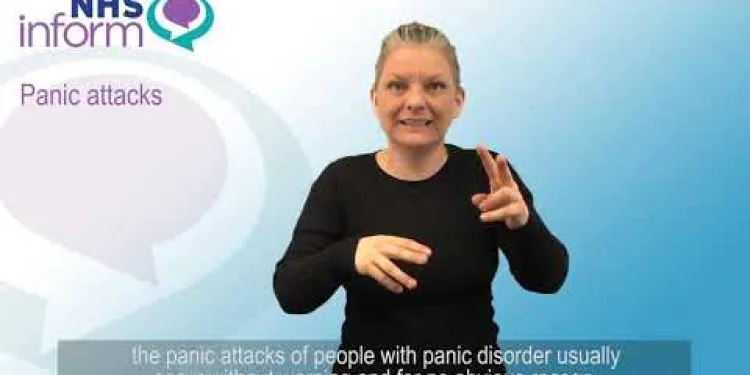
BSL - Diagnosis of panic disorder
Relevance: 100%
-
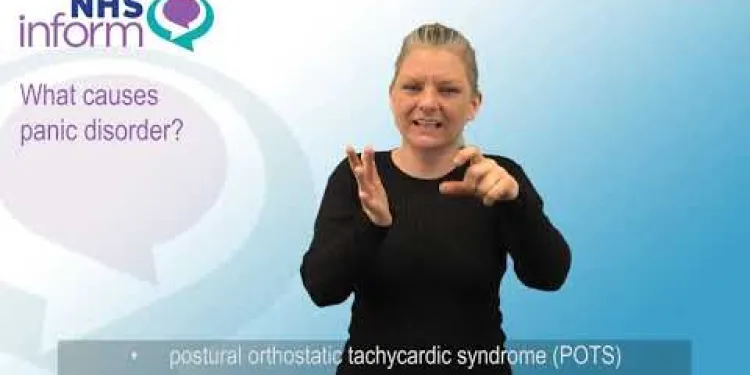
BSL - Introduction to panic disorder
Relevance: 99%
-
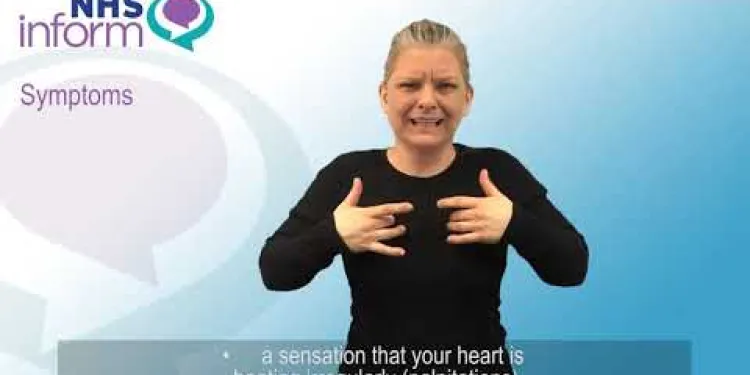
BSL - Symptoms of panic disorder
Relevance: 99%
-
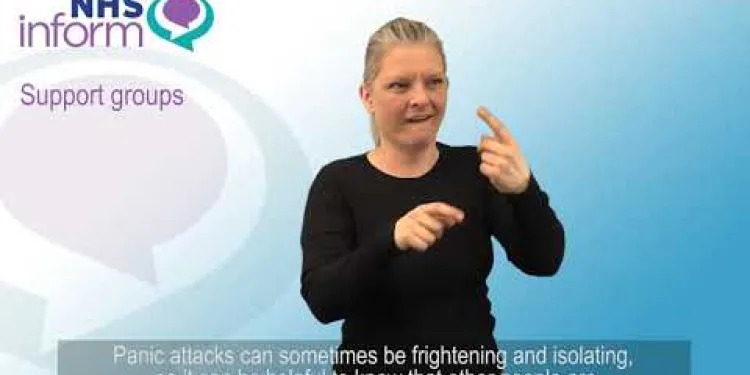
BSL - Treatment of panic disorder
Relevance: 99%
-
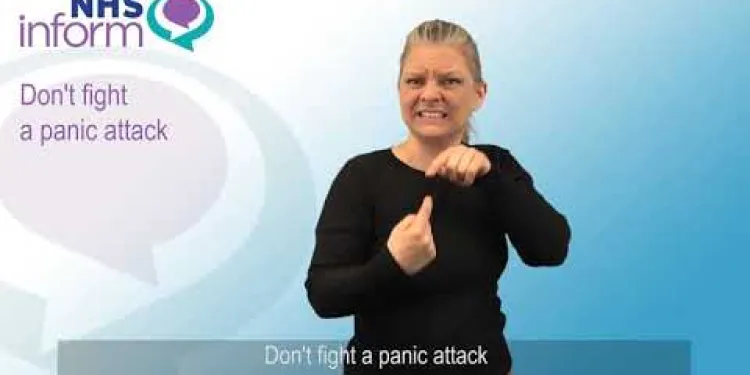
BSL - Panic disorder: things you can do to help yourself
Relevance: 85%
-
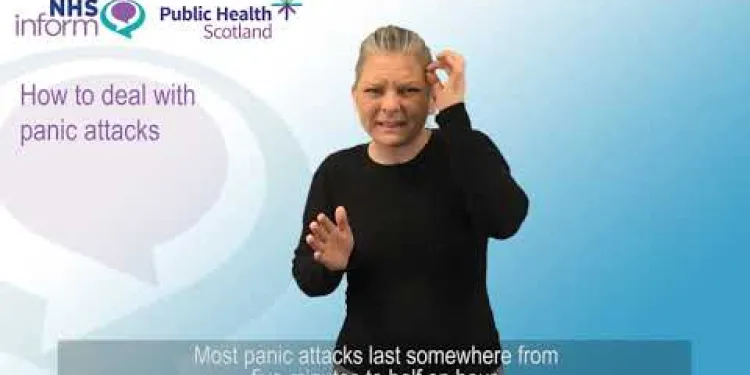
BSL - How to deal with panic attacks
Relevance: 59%
-

Eating disorders: treatment
Relevance: 41%
-

Living with Bipolar Disorder
Relevance: 41%
-

The treatment approach for an eating disorder
Relevance: 39%
-

Bipolar disorder: Rod's story | NHS
Relevance: 37%
-
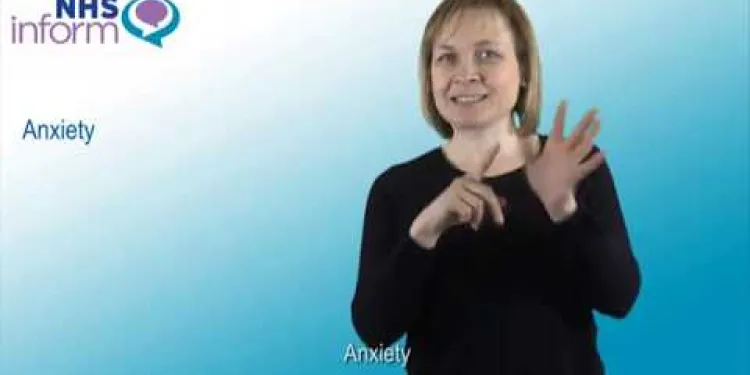
Generalised anxiety disorder (GAD)
Relevance: 35%
-

Jess Rann - Specialist Eating Disorders Dietitian
Relevance: 35%
-

Short Films About Mental Health - Personality Disorders
Relevance: 35%
-

Steve Green tells his story on living with a hoarding disorder
Relevance: 33%
-
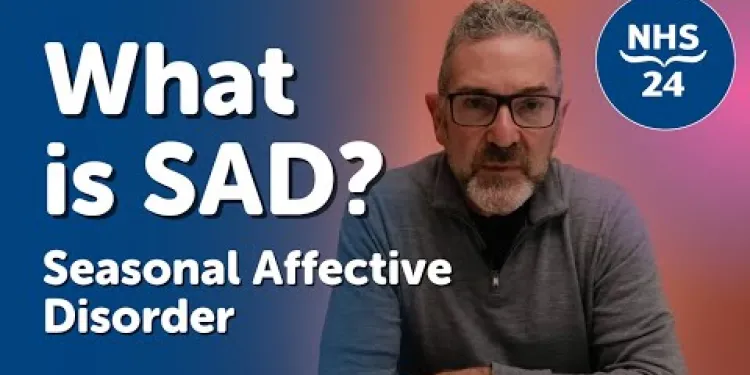
What is Seasonal Affective Disorder? (SAD)
Relevance: 33%
-
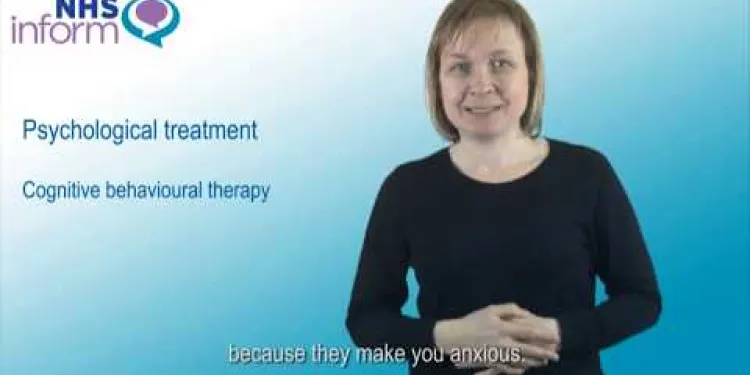
Treating generalised anxiety disorder (GAD)
Relevance: 32%
-

Strategies for Managing Seasonal Affective Disorder
Relevance: 32%
-
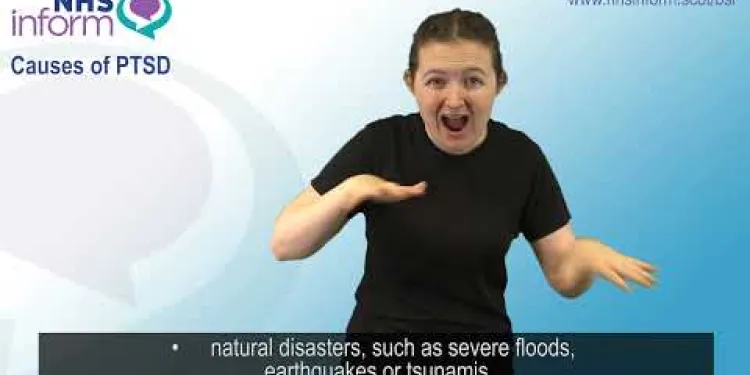
Post-traumatic stress disorder (PTSD) - Introduction
Relevance: 32%
-
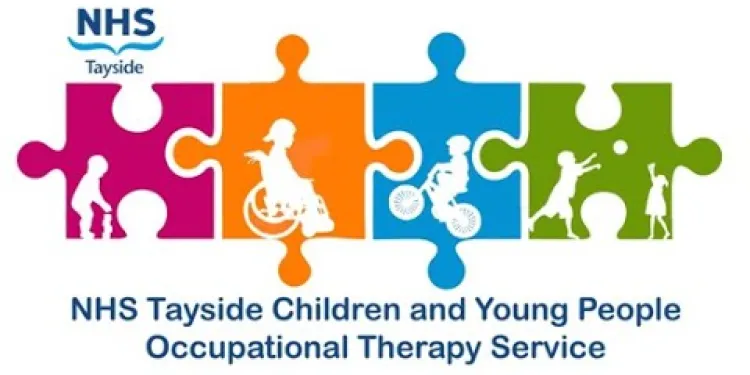
Developmental Coordination Disorder (DCD) for Children and Young People
Relevance: 31%
-
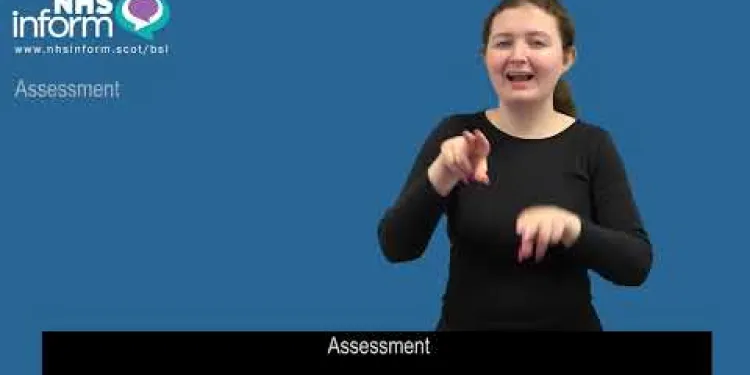
BSL - Diagnosis of obsessive compulsive disorder (OCD)
Relevance: 31%
-

Clara Strauss: What is Obsessive Compulsive Disorder OCD
Relevance: 30%
-
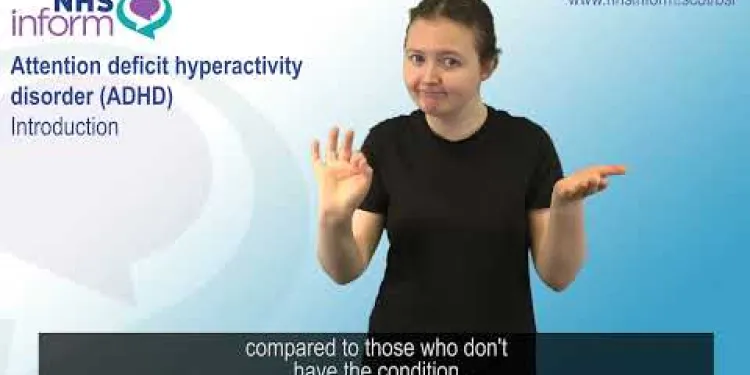
Attention deficit hyperactivity disorder (ADHD) - Introduction
Relevance: 29%
-

What type of anxiety do children and teenagers experience?
Relevance: 28%
-
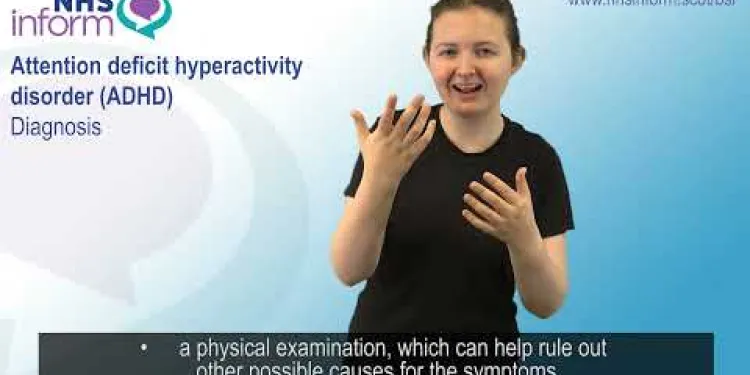
Attention deficit hyperactivity disorder (ADHD) - Diagnosis
Relevance: 28%
-

Anxiety | NHS
Relevance: 27%
-

BSL - Introduction to obsessive compulsive disorder (OCD)
Relevance: 27%
-
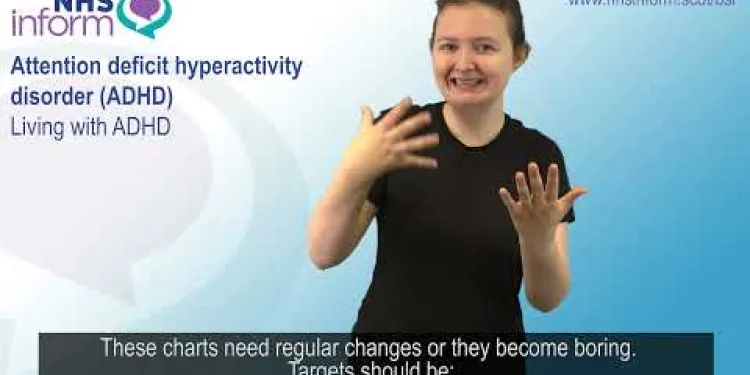
Attention deficit hyperactivity disorder (ADHD) - Living with ADHD
Relevance: 27%
-
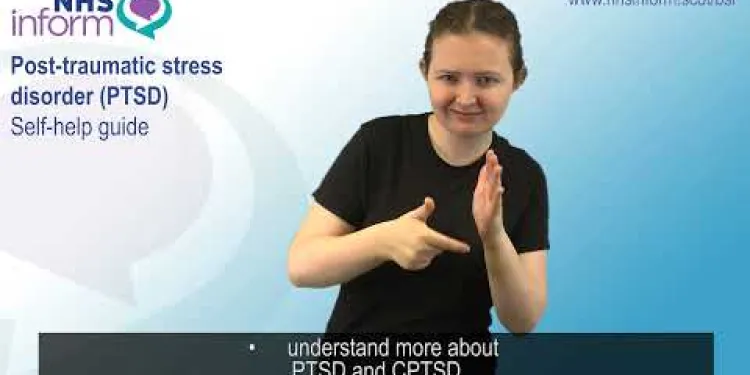
Post-traumatic stress disorder (PTSD) - Self-help guide
Relevance: 26%
-

Living with Foetal Alcohol Spectrum Disorder (FASD), a mum’s journey (full version)
Relevance: 26%
-
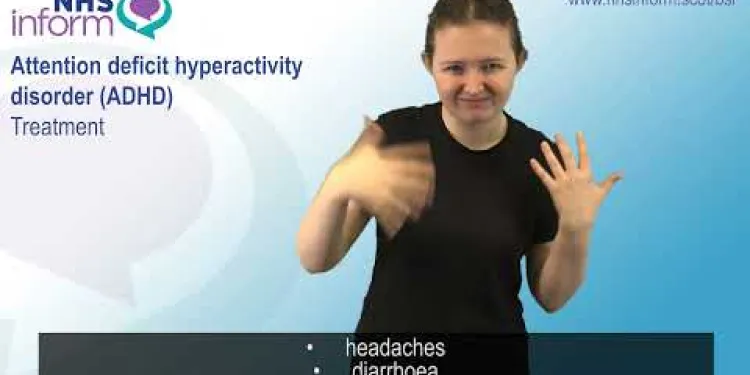
Attention deficit hyperactivity disorder (ADHD) - Treatment
Relevance: 25%
-

Who should avoid using caffeine pouches?
Relevance: 22%
-

Can ketamine be used to treat major depressive disorder?
Relevance: 18%
-
How is mitochondrial disease different from other genetic disorders?
Relevance: 17%
-

What are some common types of SEND?
Relevance: 15%
-

How does binge drinking affect mental health?
Relevance: 14%
-

Is it possible for alcohol alone to cause similar symptoms?
Relevance: 13%
-
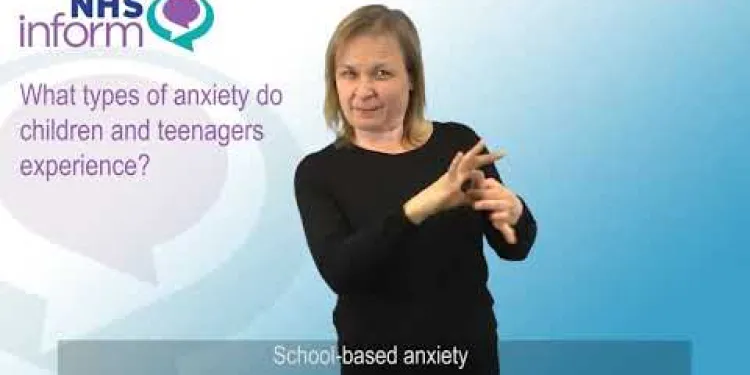
Anxiety in young people
Relevance: 13%
-
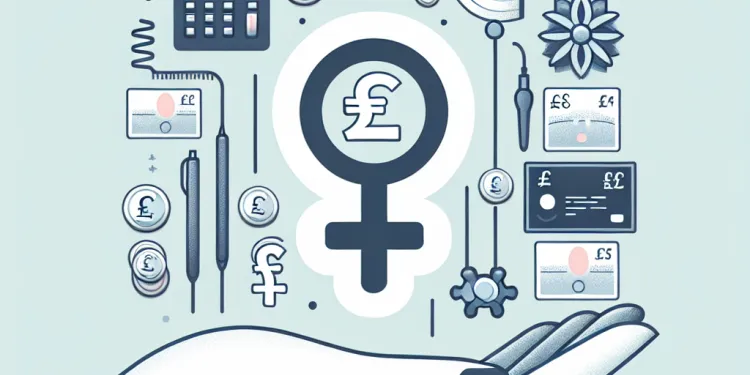
What are the reasons for female infertility?
Relevance: 13%
-

How is ADHD diagnosed?
Relevance: 13%
Panic Disorder: Things You Can Do to Help Yourself
Understanding Panic Disorder
Panic disorder is a debilitating condition characterised by sudden and unexpected attacks of intense fear. These attacks can include physical symptoms such as heart palpitations, shortness of breath, and dizziness. Understanding the nature of panic disorder is the first step in managing it effectively.
Recognise the Symptoms
Being aware of the symptoms can help you feel more in control. Common symptoms include a racing heart, sweating, trembling, chest pain, nausea, and feelings of detachment. Knowing that these symptoms are associated with panic attacks can help reduce the fear of the unknown.
Practice Deep Breathing
Deep breathing techniques can help you manage panic attacks. When you feel an attack coming on, try to take slow, deep breaths. Inhale deeply through your nose, hold the breath for a few seconds, and then exhale slowly through your mouth. This can help lower your heart rate and calm your mind.
Engage in Regular Exercise
Regular exercise can help reduce anxiety and stress. It releases endorphins, which are natural mood lifters. Even a short daily walk can make a significant difference. Aim for at least 30 minutes of moderate exercise most days to help manage your symptoms.
Maintain a Balanced Diet
A healthy diet can have a positive impact on your mental health. Avoid excessive caffeine and sugar, as these can increase anxiety. Instead, focus on eating a balanced diet rich in fruits, vegetables, lean proteins, and whole grains. Staying hydrated is also essential.
Seek Support
You don’t have to go through this alone. Talk to friends or family members about what you’re experiencing. Joining a support group for people with panic disorder can also be helpful. Sharing your experiences and hearing from others can provide comfort and practical advice.
Consider Professional Help
If self-help strategies aren’t enough, consider seeking professional help. Cognitive-behavioural therapy (CBT) is particularly effective for treating panic disorder. Speak to your GP about a referral to a mental health professional.
Avoid Alcohol and Smoking
Alcohol and nicotine can both increase anxiety and trigger panic attacks. Limiting or avoiding these substances can help you manage your symptoms more effectively.
Practice Relaxation Techniques
Relaxation techniques such as yoga, meditation, and progressive muscle relaxation can help reduce the frequency and severity of panic attacks. These practices can help calm your mind and lower stress levels over time.
Panic Disorder: Things You Can Do to Help Yourself
Understanding Panic Disorder
Panic disorder is a condition that can be very scary. It causes sudden feelings of strong fear. You might feel your heart beat fast, have trouble breathing, or feel dizzy. Learning about panic disorder is the first step to getting better.
Recognise the Symptoms
Knowing what happens during a panic attack can help you feel more in control. Some common signs are a fast-beating heart, sweating, shaking, chest pain, feeling sick, and feeling like you are outside of your body. Remember, these are just signs of a panic attack, and they will pass.
Practice Deep Breathing
Deep breathing can help you feel calmer. When you feel a panic attack starting, try to breathe slowly. Breathe in deeply through your nose, hold your breath for a few seconds, then breathe out slowly through your mouth. This can help slow your heart and calm your mind.
Engage in Regular Exercise
Moving your body can help reduce stress and make you feel happier. Exercise releases chemicals that lift your mood. Try to walk or do some exercise every day for about 30 minutes.
Maintain a Balanced Diet
Eating well can help your mind feel better too. Stay away from too much caffeine and sugar because they can make you more anxious. Eat lots of fruits, vegetables, lean meats, and whole grains. Drink plenty of water.
Seek Support
You don't have to deal with panic disorder by yourself. Talk to friends or family about how you feel. Joining a group with other people who have panic disorder can also be helpful. You can share stories and get advice.
Consider Professional Help
If you need more help, talk to a doctor or counselor. Therapy, like meeting with a counselor, is very helpful for panic disorder. Ask your doctor to help you find someone you can talk to.
Avoid Alcohol and Smoking
Alcohol and smoking can make anxiety worse. Try to drink less or quit. This can help make panic attacks happen less often.
Practice Relaxation Techniques
Things like yoga, meditation, and relaxing your muscles can help you feel less stressed. Doing these often can help make panic attacks less strong and happen less often.
Frequently Asked Questions
What is panic disorder?
Panic disorder is an anxiety disorder where you regularly have sudden attacks of panic or fear. Everyone experiences feelings of anxiety and panic at certain times; it’s a natural response to stressful or dangerous situations. But for someone with panic disorder, feelings of anxiety, stress, and panic occur regularly and at any time.
What are the symptoms of panic disorder?
Symptoms include a sudden intense feeling of fear or discomfort, heart palpitations, sweating, trembling, shortness of breath, chest discomfort, dizziness, or feeling faint.
How can exercise help with panic disorder?
Regular physical activity can help reduce anxiety and stress levels. Exercise releases endorphins, which can improve your mood and act as natural stress relievers.
Can breathing exercises help during a panic attack?
Yes, doing breathing exercises can help manage a panic attack. Focusing on slow and deep breaths can help reduce the physical symptoms of panic and calm your mind.
Should I avoid caffeine if I have panic disorder?
It might help to avoid caffeine as it can increase anxiety and may trigger panic attacks. Consider reducing or cutting out caffeine from your diet.
How can I manage panic disorder without medication?
In addition to exercise and breathing exercises, techniques such as mindfulness, Cognitive Behavioral Therapy (CBT), and avoiding triggers like caffeine and alcohol can help manage panic disorder.
Is it helpful to talk to someone about my panic disorder?
Yes, talking to a trusted friend, family member, or therapist can provide support and help you develop strategies to manage your condition.
What is Cognitive Behavioral Therapy (CBT) for panic disorder?
CBT is a type of therapy that helps you understand and change the thought patterns leading to your panic attacks. It focuses on developing coping strategies and altering unhelpful beliefs.
Can dietary changes help with panic disorder?
A balanced diet can positively affect your overall mood and stress levels. Avoiding stimulants like caffeine and sugar, and eating regular, nutritious meals can support your mental health.
What should I do if I feel a panic attack coming on?
Try to stay where you are and use relaxation techniques such as deep breathing exercises. Focus on a peaceful image or mantra, and remind yourself that the panic will pass.
Is it normal to feel anxious about having another panic attack?
Yes, it is common to feel fearful of having another attack. This fear can become a part of the disorder, leading to a cycle of anxiety.
Can joining a support group help with panic disorder?
Joining a support group can provide a sense of community and understanding from others who have similar experiences. This can be encouraging and decrease feelings of isolation.
How does mindfulness help with panic disorder?
Mindfulness can help you stay present and focused, reducing anxious thoughts about the past or future. It can also improve your ability to manage stress and decrease the frequency of panic attacks.
Are there any smartphone apps for managing panic disorder?
Yes, there are many smartphone apps designed to help manage anxiety and panic attacks. These apps can offer guided meditations, breathing exercises, and other tools to help you cope.
When should I seek professional help for panic disorder?
If your panic attacks are frequent, severe, or affecting your daily life, it is important to seek professional help. A healthcare provider can offer treatment options and support.
What is panic disorder?
Panic disorder is when a person feels very scared and worried for no clear reason. It can happen even if there is nothing dangerous around.
If you have panic disorder, you might feel like your heart is beating fast, it is hard to breathe, or you are going to faint.
It is important to know that you are not alone and there are ways to get help. Talking to a doctor can help you feel better.
Using calming breathing exercises can help calm you down when you feel scared.
Panic disorder is a problem with feeling very scared or worried. People with panic disorder have lots of sudden scares or worries. Everybody gets scared or worried sometimes. This is normal when things are hard or scary. But if you have panic disorder, you feel scared, worried, or stressed a lot and it can happen anytime.
What signs show you have panic disorder?
Signs include feeling very scared or upset all of a sudden, heart beating fast, sweating, shaking, hard to breathe, chest hurting, feeling dizzy, or feeling like you might fall over.
How does exercise help if you feel very scared?
Moving your body can be really good if you often feel scared or worried. This is what exercise can do:
- Feel better: Exercise can make you happy by helping your brain make good feelings.
- Stay calm: Doing things like walking or playing can help you breathe slowly and make you feel relaxed.
- Sleep well: Exercise can help you sleep better, which makes you feel good the next day.
- Think clearly: When you move, your mind can feel more clear, so you don't feel as scared.
Try to move a little bit every day. Start small, like walking or dancing.
If you feel scared a lot, talking to a helper or using friendly apps that guide you to breathe slow can be nice too.
Doing exercise can help you feel less worried and stressed. When you exercise, your body makes something called endorphins. Endorphins help you feel happy and calm. They are like little helpers that make stress go away.
Can breathing exercises help during a panic attack?
When you feel very scared or worried, it is called a panic attack. Breathing exercises can help you feel better. Breathing slowly and deeply can calm your body down.
Here are some steps you can try:
- Sit down in a comfortable place.
- Close your eyes if you want to.
- Breathe in slowly through your nose. Count to 4.
- Hold your breath for a moment. Count to 4.
- Breathe out slowly through your mouth. Count to 4.
- Repeat these steps until you feel better.
If it is hard to do this by yourself, you can ask someone to help you. They can count with you or do the exercises with you.
You can also use a phone app to guide you. Some good apps have pictures or sounds to help you breathe slowly.
Yes, breathing exercises can help when you have a panic attack. Slow and deep breaths can make your body feel better and help your mind relax.
Do I need to stop drinking caffeine if I get very scared easily?
Caffeine is in things like coffee and soda. It can make you feel more anxious and scared. Try drinking less caffeine or stop drinking it to feel calmer.
How can I feel better from panic attacks without taking medicine?
To help with panic disorder, you can try these things:
- Exercise more.
- Do breathing exercises.
- Practice mindfulness, which means focusing on right now, not the past or future.
- Try Cognitive Behavioral Therapy (CBT), a talking therapy that helps change how you think and behave.
- Stay away from caffeine in drinks like coffee and tea, and avoid alcohol.
Can talking to someone help me with my panic disorder?
Talking to someone can help you feel better. You can talk to a friend, family member, or a doctor. They can listen and help you find ways to feel calm.
Here are some things that can help:
- Deep breathing: Breathe in slowly and out slowly.
- Counting: Count slowly up to 10 or 20.
- Drawing or writing: Put your feelings on paper.
- Using apps: There are apps that can help you feel calm.
Yes, you can talk to someone you trust. This could be a friend, family member, or a therapist. They can give you support and help you find ways to feel better.
What is CBT for panic disorder?
CBT stands for Cognitive Behavioral Therapy. It is a type of talking therapy. It helps people who feel very scared or worried.
When someone has a panic disorder, they might have panic attacks. This means they feel sudden fear or stress. CBT helps them understand and change how they think and act.
CBT lessons can help people feel better. They learn new ways to handle their fear.
If you need help, you can:
- Talk to a trusted adult.
- Visit a therapist.
- Practice deep breathing.
CBT is a way to help you feel better. It helps you see how your thinking can cause panic attacks. CBT teaches you new ways to cope and think in a better way.
Can changing what you eat help with feeling very scared?
Sometimes, eating different foods can help you feel better when you often get very scared or worried. Here are some tips:
- Eat lots of fruits and vegetables. They are good for you.
- Drink water. It can help you feel calm.
- Avoid drinks with too much caffeine, like coffee and sugary sodas. These can make you feel more worried.
- Try to eat at regular times. It helps your body feel steady.
If you feel very scared a lot, talking to a doctor or a helper is a good idea. They can give you more tips.
Using a calendar can help you plan your meals. This can make eating less stressful. You can also ask someone you trust to help with planning your meals.
Eating the right foods can help you feel happier and less stressed. Try not to have too much caffeine, like in coffee, or sugar, like in candy. Eat healthy meals every day to take care of your mind.
What to Do if You Feel a Panic Attack Starting
If you start to feel really scared or like something bad is going to happen, you might be having a panic attack. Here are some simple steps to help you feel better:
- Breathe Deeply: Take slow, deep breaths in through your nose and out through your mouth. This can help you calm down.
- Think of Something Nice: Try to think about a happy place or a favorite thing that makes you feel good.
- Count to Ten: Slowly count from 1 to 10. This can help you focus on something else.
- Tell a Friend: If you can, talk to someone you trust and tell them how you feel. They can help you feel better.
- Use a Calming App: There are apps on your phone that can help you relax and feel better.
Remember, it's okay to feel this way, and you are not alone. These steps can help you feel calmer and safer.
Stay where you are. Take deep breaths in and out to relax. Think of something calm, like a happy picture or a nice word. Tell yourself the panic will go away soon.
Is it okay to worry about having another panic attack?
Feeling worried about having another panic attack is normal.
Here are some ideas to help you feel better:
- Talk to someone you trust about your feelings.
- Try deep breathing to help calm down.
- Keep a diary to track your feelings and what helps you.
- Ask a grown-up you trust to help you find a counselor or therapist.
Remember, you are not alone. Many people feel the same way and find ways to feel better.
Yes, it is normal to be scared of having another attack. This worry can be part of the problem and make you feel more anxious.
Can a support group help if you have panic attacks?
If you get panic attacks, joining a support group might help you feel better. A support group is when people meet to talk and help each other.
Here are some ways a support group can help:
- You can talk to others who know how you feel.
- You can learn tips on how to stay calm.
- People can share their stories and help you.
Other things that might help you are:
- Talking to a therapist or counselor.
- Practicing deep breathing or relaxing exercises.
- Writing in a journal about your feelings.
Remember, it is okay to ask for help.
Joining a support group can help you feel part of a community. You can meet people who have been through the same things as you. This can make you feel better and not so alone.
How can mindfulness help with panic attacks?
Some people have panic attacks. This can feel very scary.
Mindfulness is a way to help you feel calm.
You can do mindfulness by:
- Taking slow, deep breaths
- Paying attention to things around you
- Noticing how your body feels
These things can help make panic attacks feel less scary.
It's like practicing to be calm when you feel upset.
Ask a grown-up, teacher, or helper to practice with you.
Being mindful helps you stay focused on what's happening now. This can stop you from worrying about things that happened before, or things that might happen later. It can also help you feel less stressed and have fewer panic attacks.
To practice being mindful, you can try:
- Taking deep breaths slowly.
- Paying attention to things around you, like the sounds or colors you see.
- Using apps or videos that guide you through mindfulness exercises.
Can I use phone apps to help with panic disorder?
Yes, there are many phone apps that can help with feeling worried or scared. These apps can teach you how to meditate, breathe slowly, and use other tools to feel better.
When should I ask for help for panic disorder?
If you often feel very scared and worried, you might have something called panic disorder. Here is when you should ask for help:
- If you feel very scared and it happens more than once.
- If you feel worried all the time and it stops you from doing things you like.
- If you have trouble breathing or feel dizzy a lot when you are scared.
- If you have trouble sleeping or eating because of worry.
- If you feel scared for no reason.
When these happen, it is a good idea to talk to a doctor or a counselor. They can help you feel better.
Here are some things that might help:
- Taking deep breaths to calm down.
- Talking to someone you trust about how you feel.
- Taking short walks to relax.
Remember, asking for help is okay. You are not alone.
If you have a lot of panic attacks, or they are really scary, or they make it hard for you to live your life every day, you should talk to a doctor or a therapist. They can help you feel better and find ways to stop the panic attacks.
Useful Links
- Ergsy carfully checks the information in the videos we provide here.
- Videos shown by Youtube after a video has completed, have NOT been reviewed by ERGSY.
- To view, click the arrow in centre of video.
- Most of the videos you find here will have subtitles and/or closed captions available.
- You may need to turn these on, and choose your preferred language.
- Go to the video you'd like to watch.
- If closed captions (CC) are available, settings will be visible on the bottom right of the video player.
- To turn on Captions, click settings .
- To turn off Captions, click settings again.
More Items From Ergsy search
-

BSL - Causes of panic disorder
Relevance: 100%
-

BSL - Diagnosis of panic disorder
Relevance: 100%
-

BSL - Introduction to panic disorder
Relevance: 99%
-

BSL - Symptoms of panic disorder
Relevance: 99%
-

BSL - Treatment of panic disorder
Relevance: 99%
-

BSL - Panic disorder: things you can do to help yourself
Relevance: 85%
-

BSL - How to deal with panic attacks
Relevance: 59%
-

Eating disorders: treatment
Relevance: 41%
-

Living with Bipolar Disorder
Relevance: 41%
-

The treatment approach for an eating disorder
Relevance: 39%
-

Bipolar disorder: Rod's story | NHS
Relevance: 37%
-

Generalised anxiety disorder (GAD)
Relevance: 35%
-

Jess Rann - Specialist Eating Disorders Dietitian
Relevance: 35%
-

Short Films About Mental Health - Personality Disorders
Relevance: 35%
-

Steve Green tells his story on living with a hoarding disorder
Relevance: 33%
-

What is Seasonal Affective Disorder? (SAD)
Relevance: 33%
-

Treating generalised anxiety disorder (GAD)
Relevance: 32%
-

Strategies for Managing Seasonal Affective Disorder
Relevance: 32%
-

Post-traumatic stress disorder (PTSD) - Introduction
Relevance: 32%
-

Developmental Coordination Disorder (DCD) for Children and Young People
Relevance: 31%
-

BSL - Diagnosis of obsessive compulsive disorder (OCD)
Relevance: 31%
-

Clara Strauss: What is Obsessive Compulsive Disorder OCD
Relevance: 30%
-

Attention deficit hyperactivity disorder (ADHD) - Introduction
Relevance: 29%
-

What type of anxiety do children and teenagers experience?
Relevance: 28%
-

Attention deficit hyperactivity disorder (ADHD) - Diagnosis
Relevance: 28%
-

Anxiety | NHS
Relevance: 27%
-

BSL - Introduction to obsessive compulsive disorder (OCD)
Relevance: 27%
-

Attention deficit hyperactivity disorder (ADHD) - Living with ADHD
Relevance: 27%
-

Post-traumatic stress disorder (PTSD) - Self-help guide
Relevance: 26%
-

Living with Foetal Alcohol Spectrum Disorder (FASD), a mum’s journey (full version)
Relevance: 26%
-

Attention deficit hyperactivity disorder (ADHD) - Treatment
Relevance: 25%
-

Who should avoid using caffeine pouches?
Relevance: 22%
-

Can ketamine be used to treat major depressive disorder?
Relevance: 18%
-
How is mitochondrial disease different from other genetic disorders?
Relevance: 17%
-

What are some common types of SEND?
Relevance: 15%
-

How does binge drinking affect mental health?
Relevance: 14%
-

Is it possible for alcohol alone to cause similar symptoms?
Relevance: 13%
-

Anxiety in young people
Relevance: 13%
-

What are the reasons for female infertility?
Relevance: 13%
-

How is ADHD diagnosed?
Relevance: 13%


